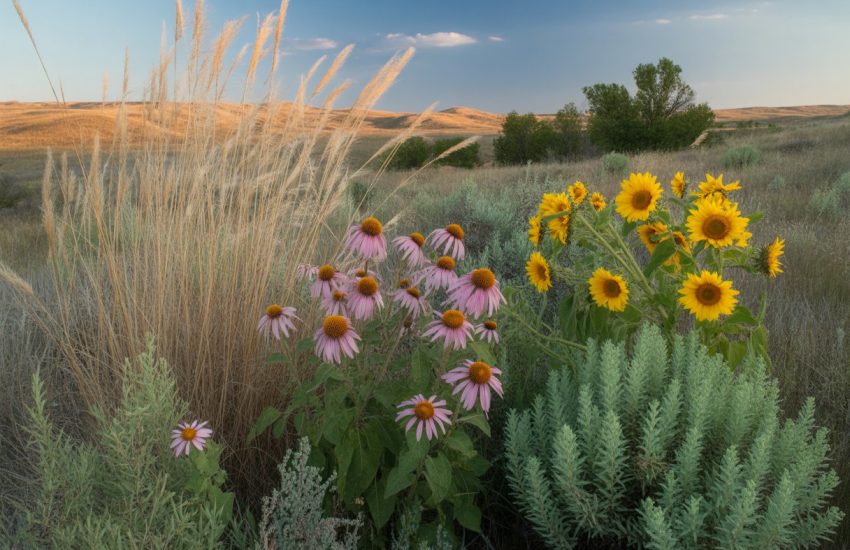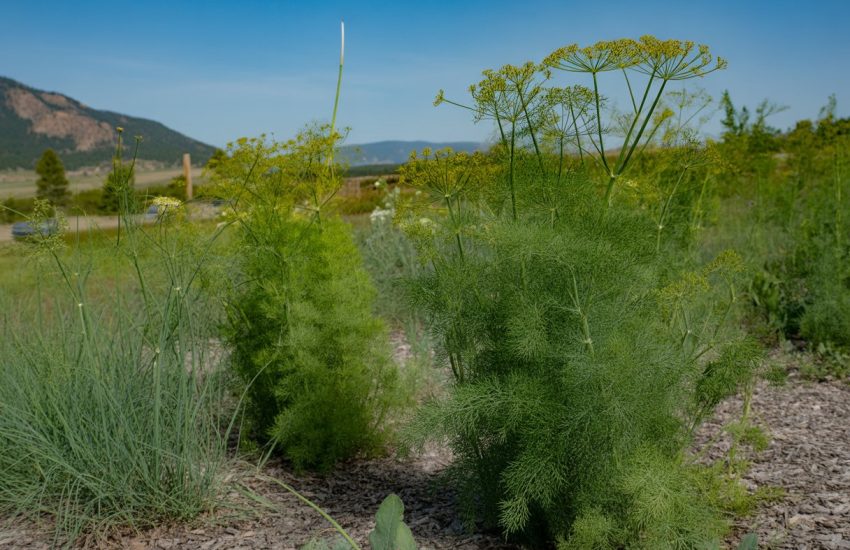Types of Trees in South Carolina: A Comprehensive Guide
South Carolina is home to a diverse range of tree species, each with unique characteristics and adaptations to the state’s climate and environment. From towering pines to sprawling oaks, the trees in South Carolina play a crucial role in the state’s ecosystem and provide important benefits to both wildlife and humans.

One of the most notable features of South Carolina’s tree population is the prevalence of native species. These trees have evolved over time to thrive in the state’s specific climate and soil conditions, making them well-suited to the local environment. In addition to supporting local wildlife, native trees also provide important ecosystem services such as air and water purification, erosion control, and carbon sequestration.
Despite the importance of native species, South Carolina is also home to a number of non-native or invasive trees that can have negative impacts on the environment. Understanding the different types of trees in the state, their characteristics, and their ecological roles is therefore crucial for effective management and conservation efforts.
Native and Common Tree Species
South Carolina is home to a diverse range of tree species that thrive in the state’s unique climate and soil conditions. From towering pine trees to majestic oak trees and unique palmetto varieties, there is no shortage of beautiful and useful trees to admire and appreciate.
Pine Trees
Pine trees are a common sight in South Carolina, and they play an important role in the state’s forestry industry. Two of the most common pine species in the state are the Loblolly Pine and the Longleaf Pine. The Loblolly Pine is an evergreen tree that can grow up to 100 feet tall and is known for its large cones. The Longleaf Pine, on the other hand, is a slower-growing tree that can live for up to 500 years and is prized for its strong, durable wood.
Oak Trees
Oak trees are another staple of the South Carolina landscape, and there are several species that are native to the state. The Live Oak, Pin Oak, and Blackjack Oak are all commonly found in South Carolina and are known for their strong, sturdy wood and beautiful foliage. Live Oaks are particularly popular as shade trees and are often used in landscaping and garden design.
Palmetto Varieties
South Carolina is perhaps best known for its state tree, the Sabal Palmetto. This iconic tree is found throughout the state, particularly in coastal areas, and is known for its fan-shaped leaves and unique bark texture. Other palmetto varieties found in the state include the Cabbage Palm and the Saw Palmetto, both of which have a variety of uses in woodworking and other industries.
Unique Floras
In addition to the more common tree species found in South Carolina, there are several unique florae that are worth noting. The Southern Magnolia is a beautiful tree with large, fragrant flowers that bloom in the spring and summer. The Sassafras tree is known for its distinctive leaves and root bark, which have been used for medicinal purposes for centuries. The Red Maple is another popular tree in the state, known for its bright red foliage in the fall and its ability to attract a wide variety of wildlife with its flowers and fruit. Finally, the Sweetgum tree is known for its unique, spiky seed pods and its beautiful fall foliage, which ranges from bright yellow to deep red.
Ecological Importance and Conservation

Habitat and Wildlife
South Carolina’s diverse range of trees plays a vital role in providing habitats for various wildlife species. The trees provide shelter, food, and nesting sites for birds and mammals. The native trees of South Carolina are well adapted to the local climate, and they have evolved to provide nectar and fruit for pollinators and other wildlife. The canopy of trees also helps to regulate the temperature and moisture levels, which is essential for maintaining a healthy ecosystem.
Threats and Preservation
Despite their ecological importance, many of South Carolina’s trees face threats from various factors such as climate change, habitat loss, and invasive species. Wetland areas, in particular, are under significant threat due to the increasing development in the state. To preserve the native trees and their habitats, conservation efforts are necessary. The state has implemented several programs to protect the endangered and threatened tree species. The conservation efforts also focus on restoring the wetland areas and other ecosystems that are essential for the survival of the native trees and wildlife.
In conclusion, the trees in South Carolina are crucial for maintaining a healthy ecosystem and providing habitats for various wildlife species. The state’s conservation efforts are necessary to protect the native trees and their habitats from threats such as climate change, habitat loss, and invasive species.


